An ad for the Gunners or Gucci? Football clubs are going high-fashion for kit launches
Arsenal, Man City and Spurs have all adopted a super stylish aesthetic for their recent kit launches.
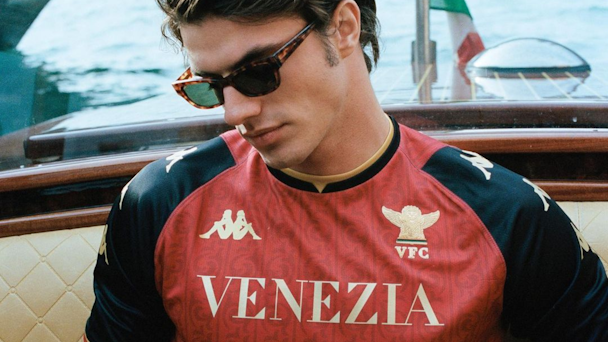
Italian side Venezia FC / VFC
When Arsenal dropped the video promo for its third kit earlier this month, viewers would have been forgiven for thinking it was an ad for a luxury fashion house, such as Gucci or Prada. The super stylish tribute to North London gave a tongue-in-cheek nod to the Italian ateliers while adopting a mixture of 80s nostalgia, paired with a vintage color palette that pushed the term ‘sports luxe’ to the limit.
And over the past few months, Manchester City and Tottenham Hotspur have also confirmed that football’s link to the elite fashion world has never been stronger, their own high-brow launches similarly nodding to the catwalk.
Then, just last week, Chelsea FC tapped into the 90s resurgence dominating the fashion world with the film for its Nike kit launch.
Advertisement
Playing catch-up
This high-end aesthetic isn’t exactly new, but British clubs are only just starting to catch up.
“When it comes to apparel, community, revenue building, conversation... it’s not being done over here [Britain] in the right way and – I hate having to say this – but something the Americans have long understood is the commercial side of things,” says Kenny Annan-Jonathan of English Premier League club Crystal Palace. “You just have to look at what’s happening with Messi going over to MLS.”
Annan-Jonathan’s recent appointment as creative director for the South London club was a first for the league and his arrival has been marked by pundits as a pivotal moment in its marketing approach. But he reveals that the move has been seven years in the making – after starting his sports marketing agency, The Mail Room, Annan-Jonathan bagged Crystal Palace legend Wilfried Zaha as his first client and the relationship with the club has strengthened. He pitched his current role to owner Stephen Parish in 2016 but the timing wasn’t right and the landscape wasn’t ready. Now, it is.
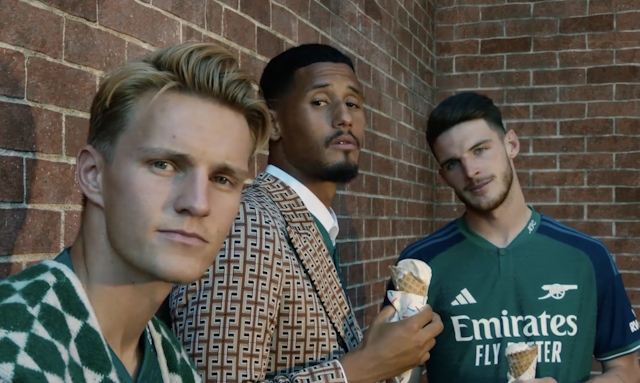
Advertisement
Kit marketing being led by a fashion-forward ‘creative director’ has been well-tested in other markets. “Lower league clubs in Europe have driven a lot of this forward,” explains Marcos Angelides, chief strategy and innovation officer at Spark Foundry UK, who adds: “Redstar in France, who are in the third division, was one of the first clubs to have a creative director – they’ve done interesting work.”
Second-division Italian team Venezia FC, meanwhile, has earned itself a reputation as one of the most fashionable football clubs in the world for its flair and luxe-inspired photoshoots.
Further afield, Nigeria’s kit for the 2018 World Cup was a massive hit, reportedly selling out completely with around 3 million people pre-ordering it. The shirt was a subtle homage to the classic 1994 edition and promotional photos featured the likes of Arsenal’s Alex Iwobi wearing a branded bucket hat and jacket.
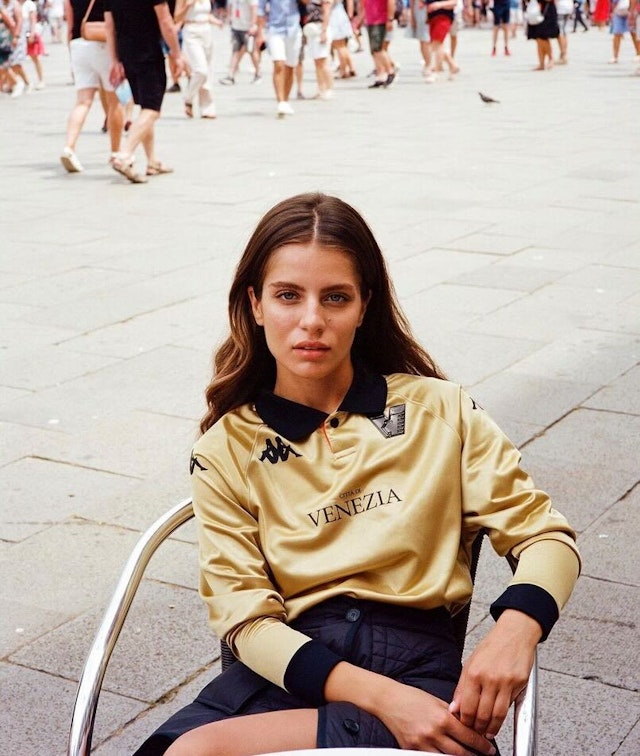
Bridging the gap
The consensus is that, by bridging the gap between fashion and football, clubs will attract the attention of people who don’t see themselves as ‘football fanatics’ but still enjoy the game. In turn, this delivers a new source of revenue from a cohort of people who wouldn’t normally spend money on a team shirt.
“If you can only wear a replica shirt when going to football matches, clubs are limited to selling them to the tens of thousands who regularly do so,” says Matt Readman, chief strategy officer at sports-focused creative agency Dark Horses. “If they are fashion items, you can sell them to millions around the world, so it’s very much in manufacturers’ and clubs’ interests to make them everyday fashion items.”
Readman says there has always been a niche football shirt fashion scene, but in recent years this has exploded into the mainstream thanks to celebrities including Drake, Snoop Dog, Beyonce and Gigi Hadid all wearing them, creating desirability.
“Football shirts have always been a marker of personal identity,” continues Readman. “They used to simply mean ‘I support this club.‘ Now they carry a more subtle cultural meaning. For example, in the US or Asia, European football shirts signify travel, culture and style. A PSG shirt says you identify with Paris just as much as it says you identify with football or with that team. It’s the same reason why hundreds of millions of Yankees caps are sold each year.”
And the fashion world has had a hand in expediting the trend. As Highsnobiety’s vice-president of brands Stefanos Constantinou explains: “Stylists started using jerseys as part of their clients’ outfits, which then translated into high-end publications using jerseys for fashion editorials. Then the rest followed up. It’s the most natural way for a trend to trickle down to a broader audience.”
Who cares?
Kit launches are huge commercial tentpoles for clubs and these kit campaigns happen off-season, when clubs are trying to grow anticipation, with excitement around new signings and optimism for the campaign ahead.
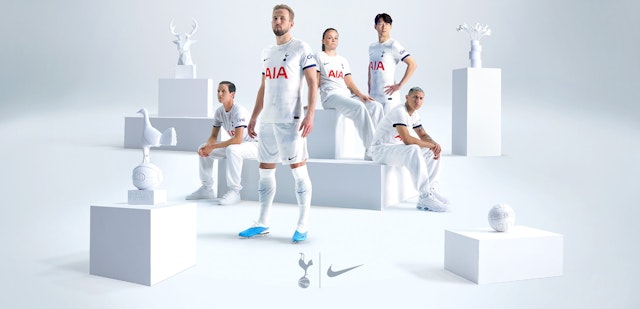
“From a brand perspective, they also allow the club to leverage elements of their heritage to reaffirm identity,” adds Amar Singh, senior vice-president of content and communication for MKTG Sports & Entertainment. “Most importantly, though, there are big commercial targets to meet. Shirt sales are a significant chunk of revenue and convincing fans to buy a new one each year requires some effort and creativity.”
Balance is key. Clubs risk losing diehard followers if the high-fashion look comes with a high-fashion price tag. Not everyone wants to spend £300+ on a jersey to go to a match and clubs risk alienating their longest-standing supporters with a fashion-forward aesthetic.
“There’s a space that high fashion is great for, but we have to be cautious in terms of how we approach it in sports because the core value is about building community through a love of something,” adds Annan-Jonathan.
“I’m not saying they can’t coexist, but we don’t want to overshadow them. Remember, the people you are targeting don’t have the funds to spend on Louis Vuitton on a day-to-day basis.”
Suggested newsletters for you
Arguably, with these super sleek kit launches, it’s not local fans that are the target audience anyway. Clubs are adapting to the times and understand that the “traditional fan” looks remarkably different to those from 20 years ago.
“This younger generation sees football differently from the traditional model of supporting your local team,” says Readman. ”They are comfortable supporting multiple clubs from around the world.
“They are as interested in individual players as they are teams and will transfer their support to whoever that star plays for. They will buy a shirt if they love it, regardless of whether they are an official fan of that team or not. They may buy multiple shirts a season. This creates a lucrative market that clubs are desperate to dominate.”
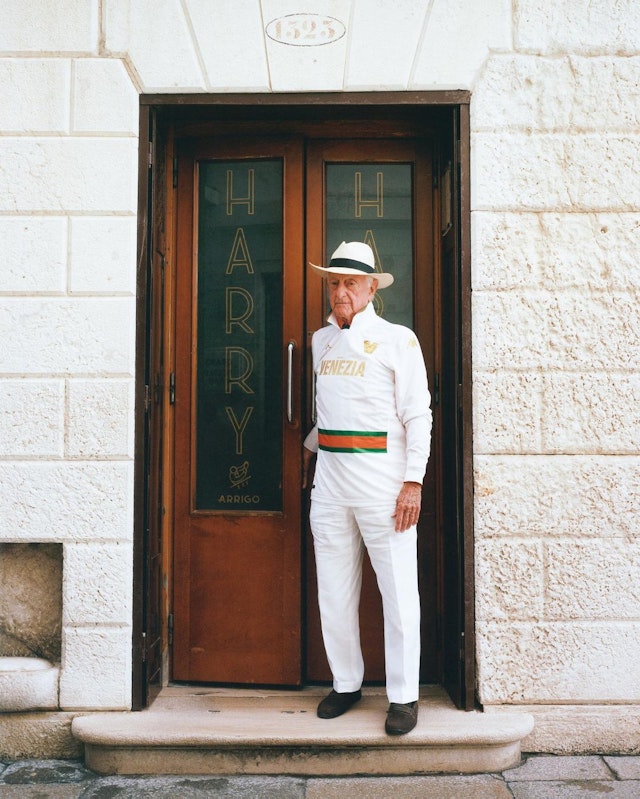
Football is fought in the boardroom
You can expect to see more high-end fashion-inspired kit launch videos going forward – this is just the beginning. It’s serious business and these days football is also fought in the boardroom, not just on the pitch.
Clubs operate like brands, says Singh. “They want to cut through the noise and make waves on social media. They absolutely look at what each other do and the battle to be more creative, innovative and ultimately sell more shirts is very much on.”
Annan-Jonathan’s appointment has pricked the ears of other Premier League clubs, some of which haven’t seen the value of being more creative in the past. As he tells us: “People have been dragging their feet for a long time. It hasn’t been an area that clubs wanted to invest in because they didn’t see the value in it. Now they’re dipping their toe in it.
“Everyone is trying to clutch on to straws and figure out how they can do something to shift. Football is very much like that – one person or one club does something and it has a knock-on effect. Hence the reason you get a kit and then the same nuance of that kit is replicated across so many different teams. But I encourage the creative director role – I think they all need it.”
There are just a few days left to submit your entries for The Drum Awards for Creativity. Categories are open for craft, campaigns, companies and people.

